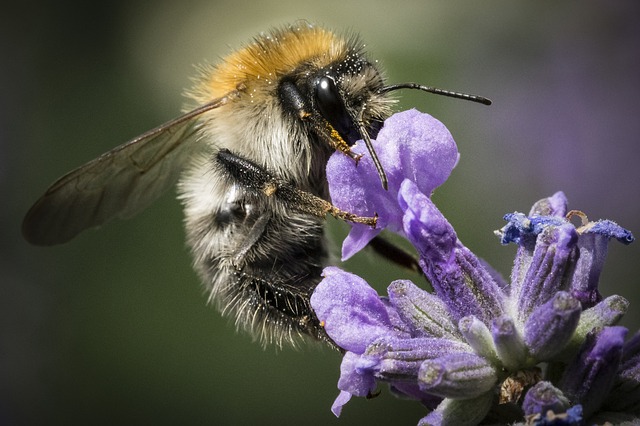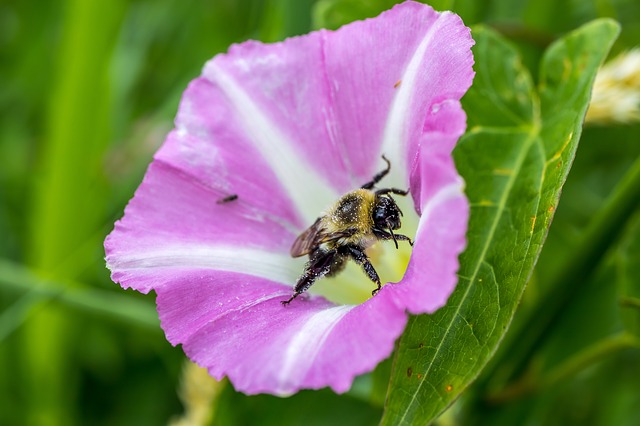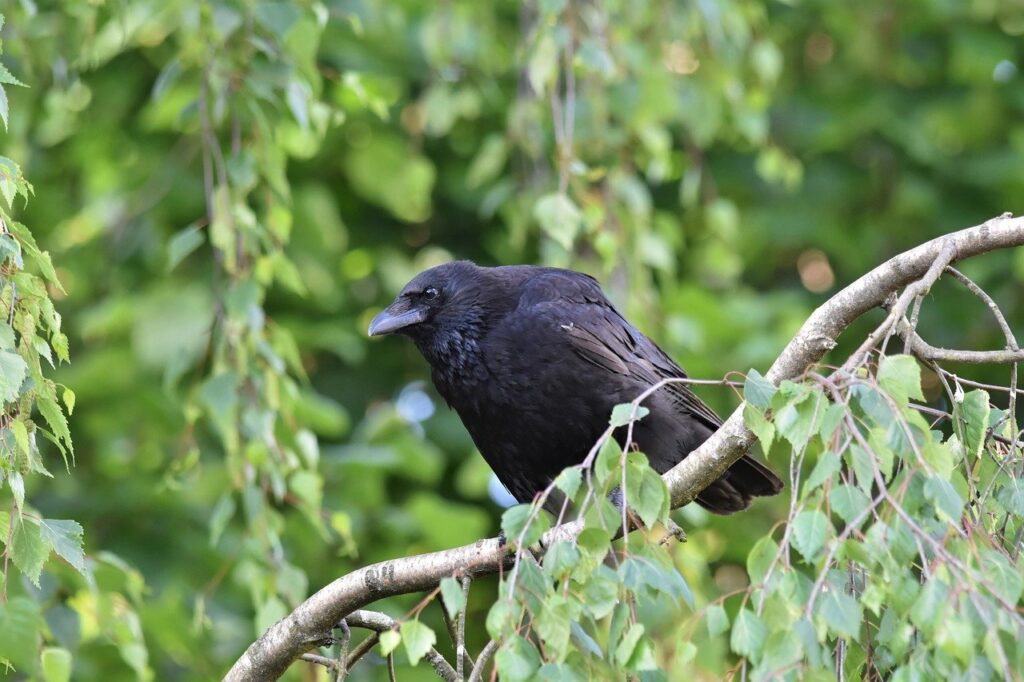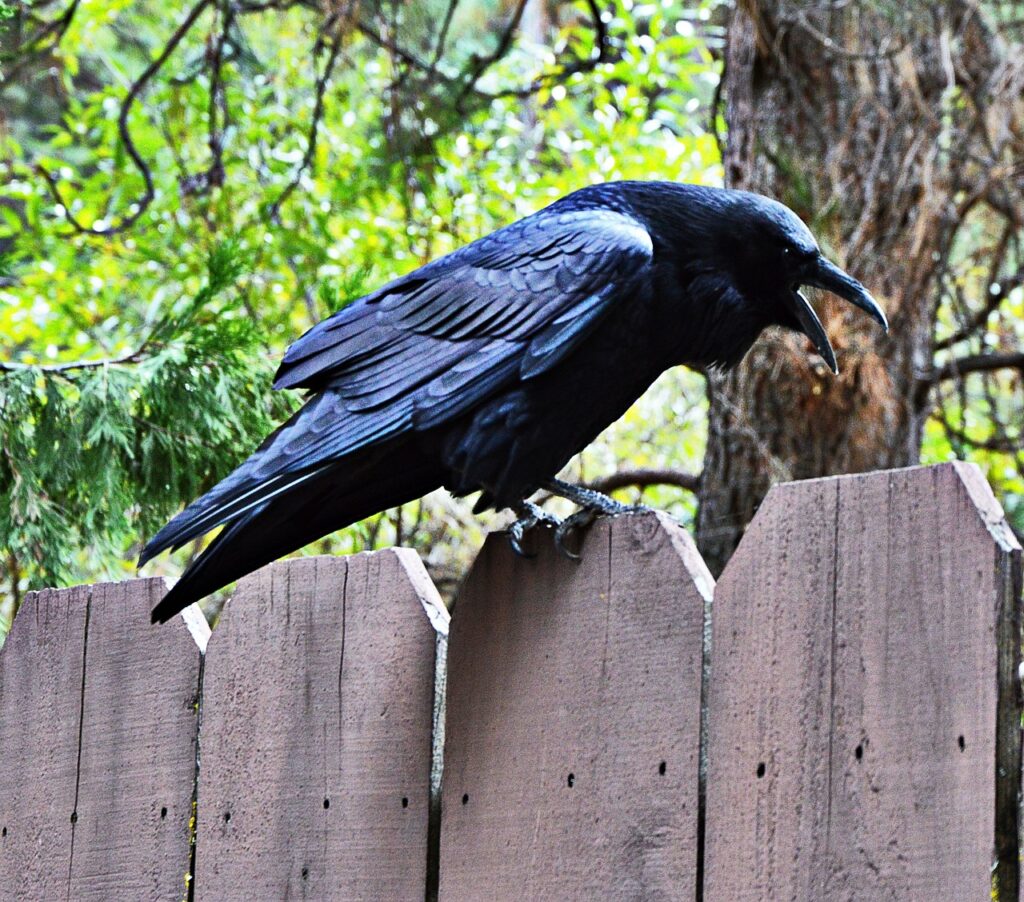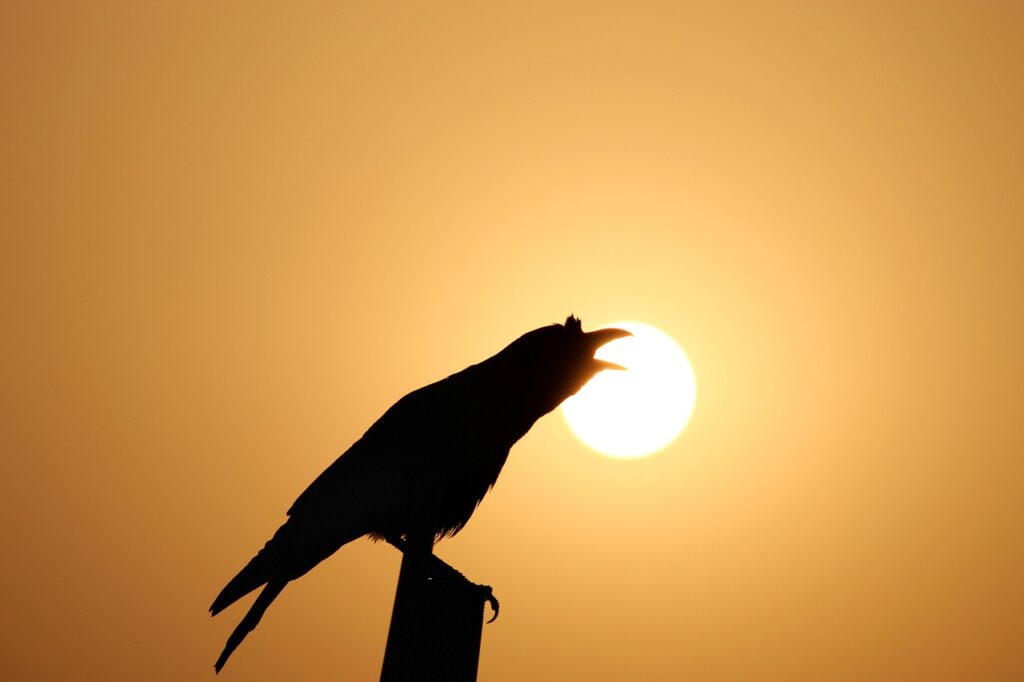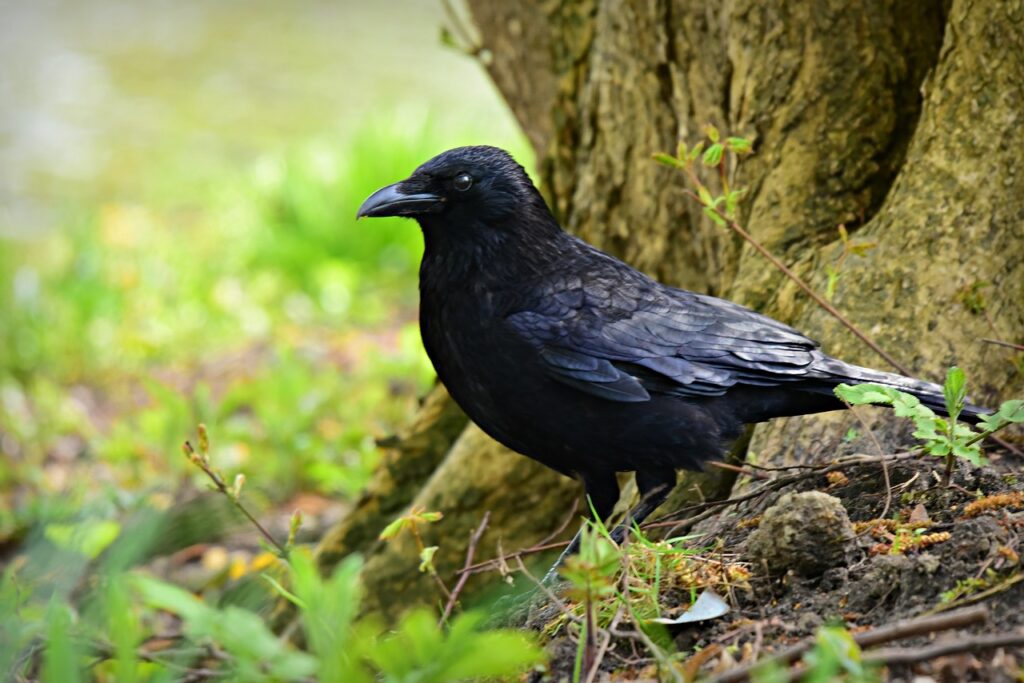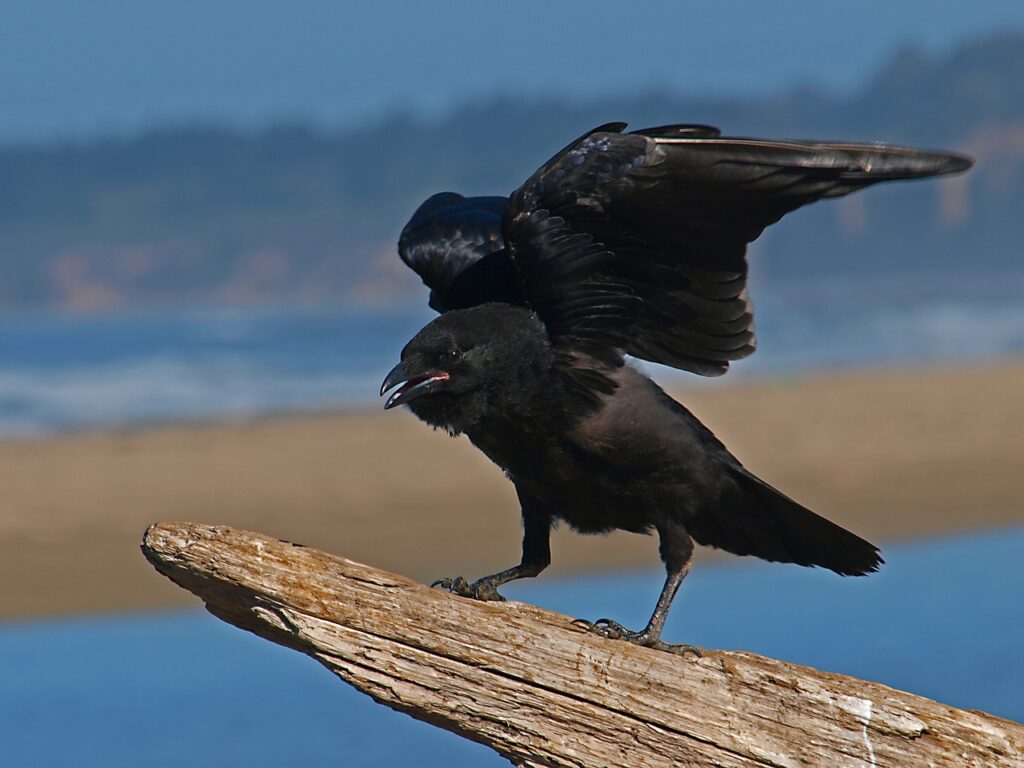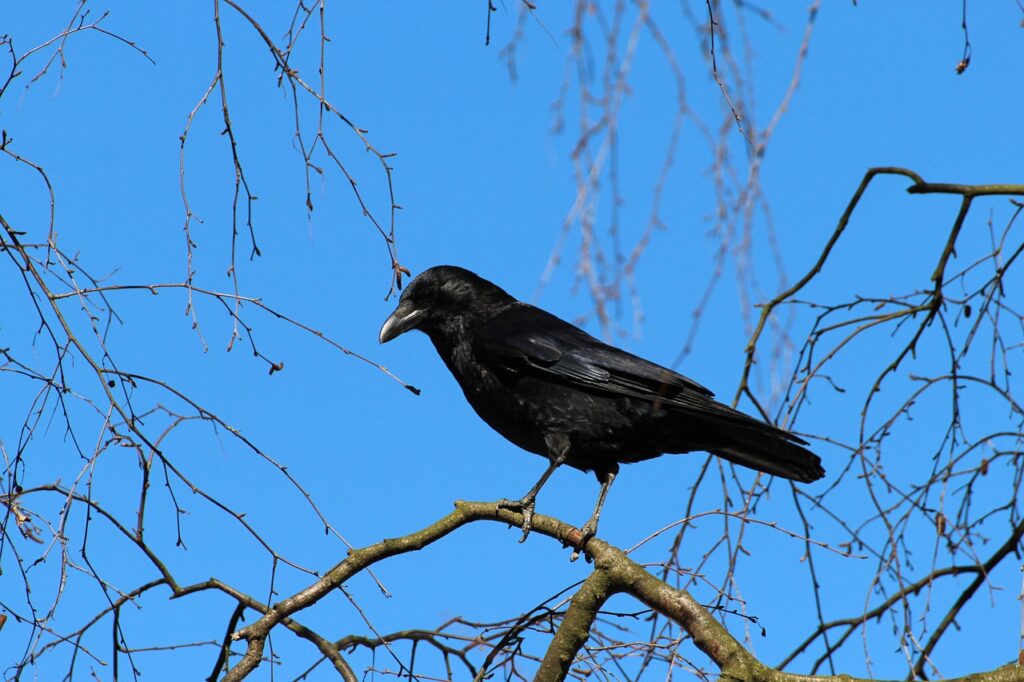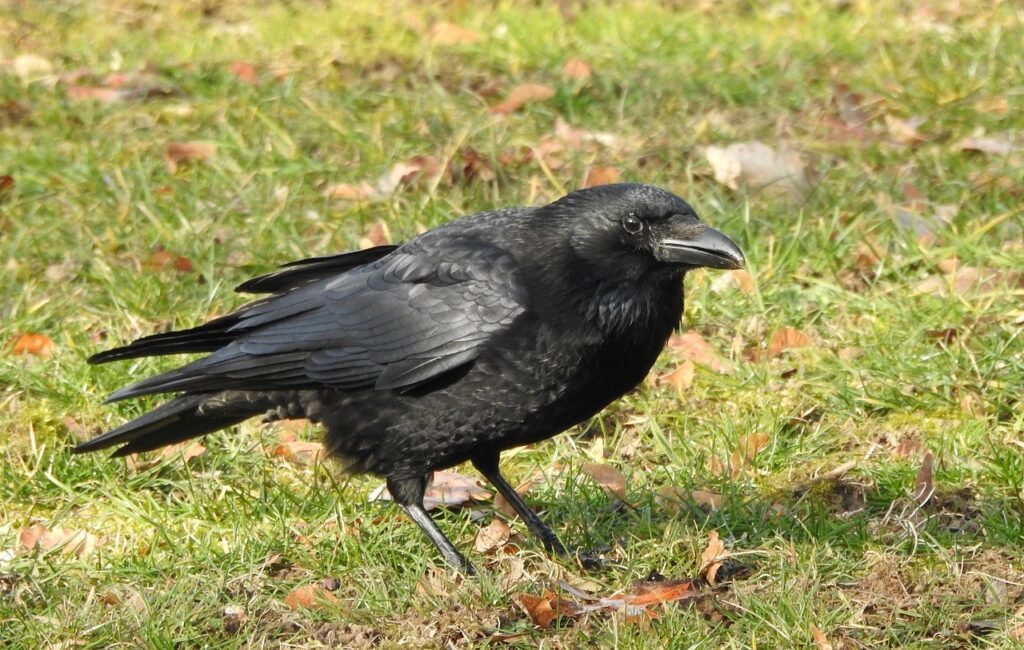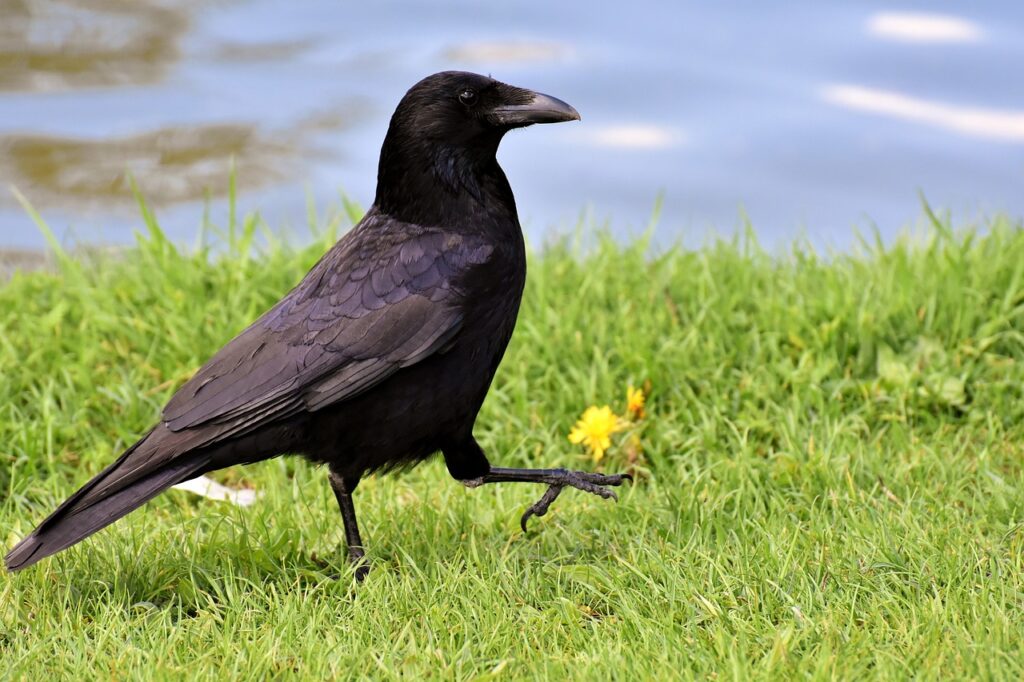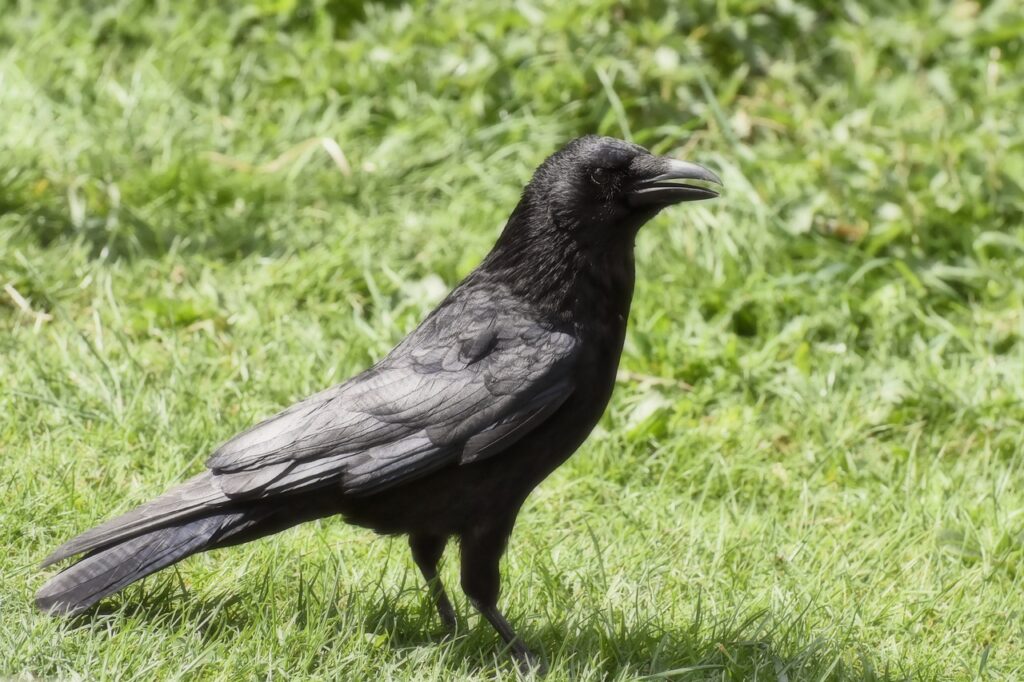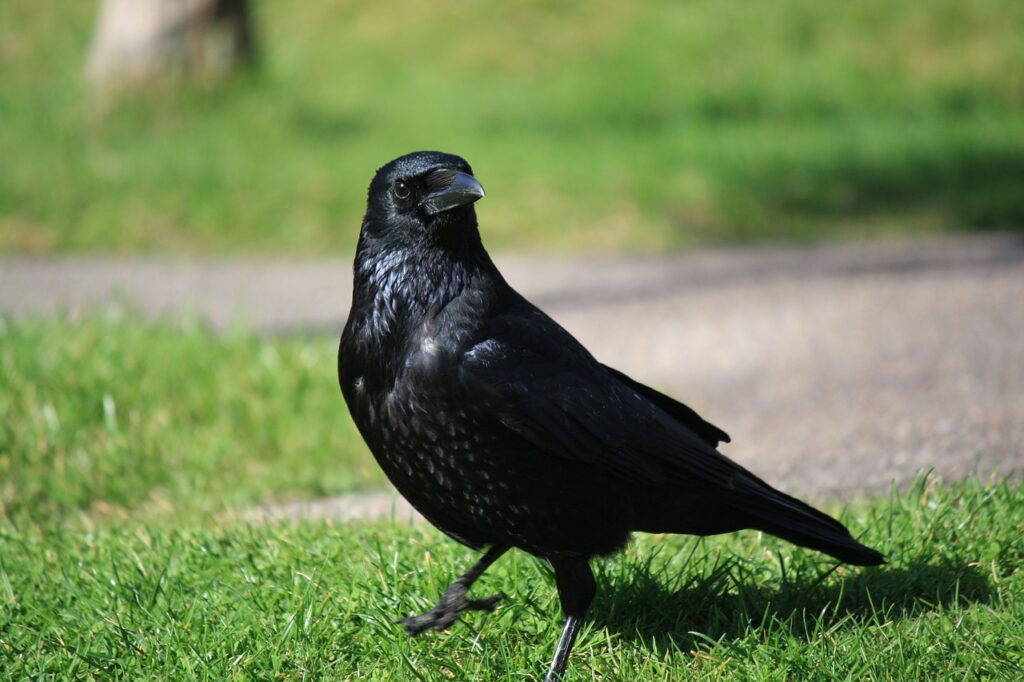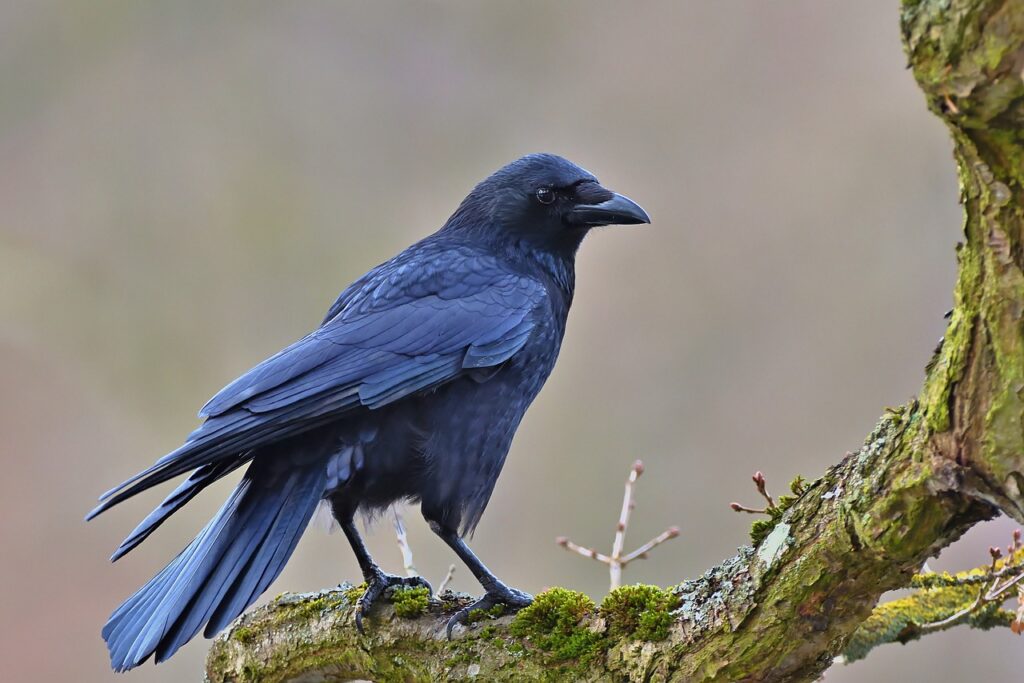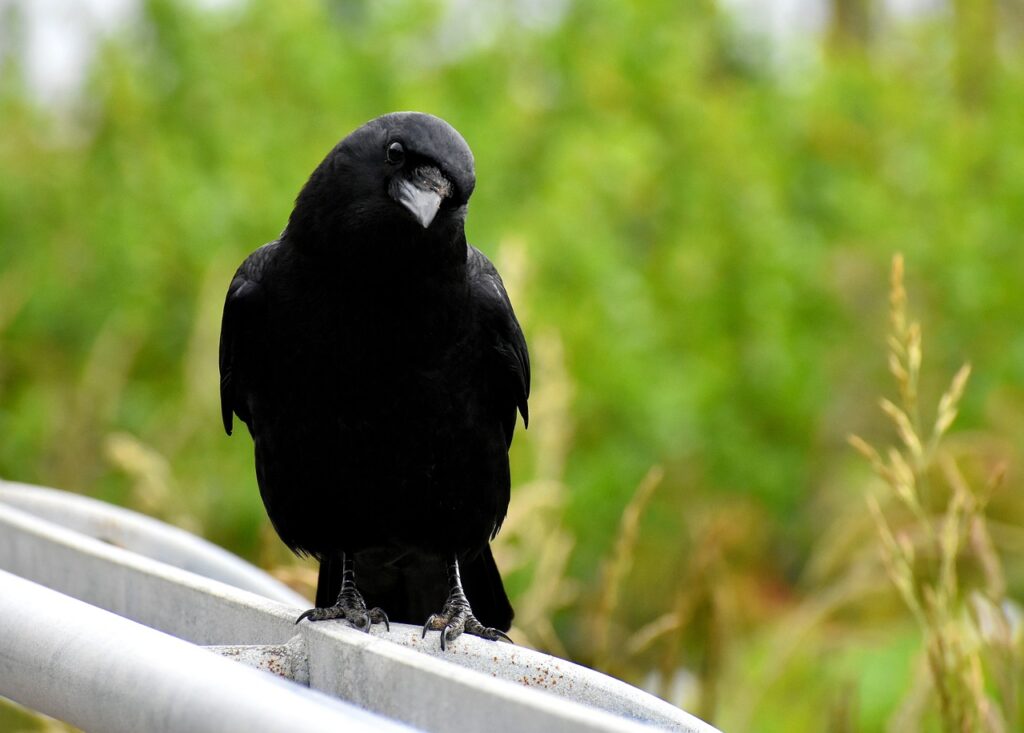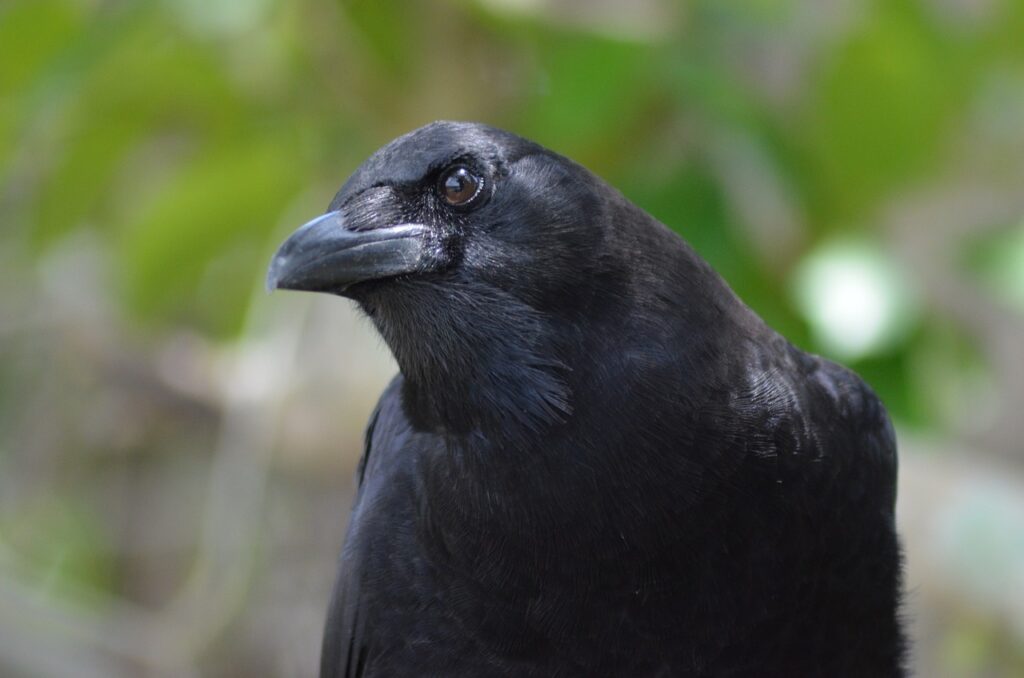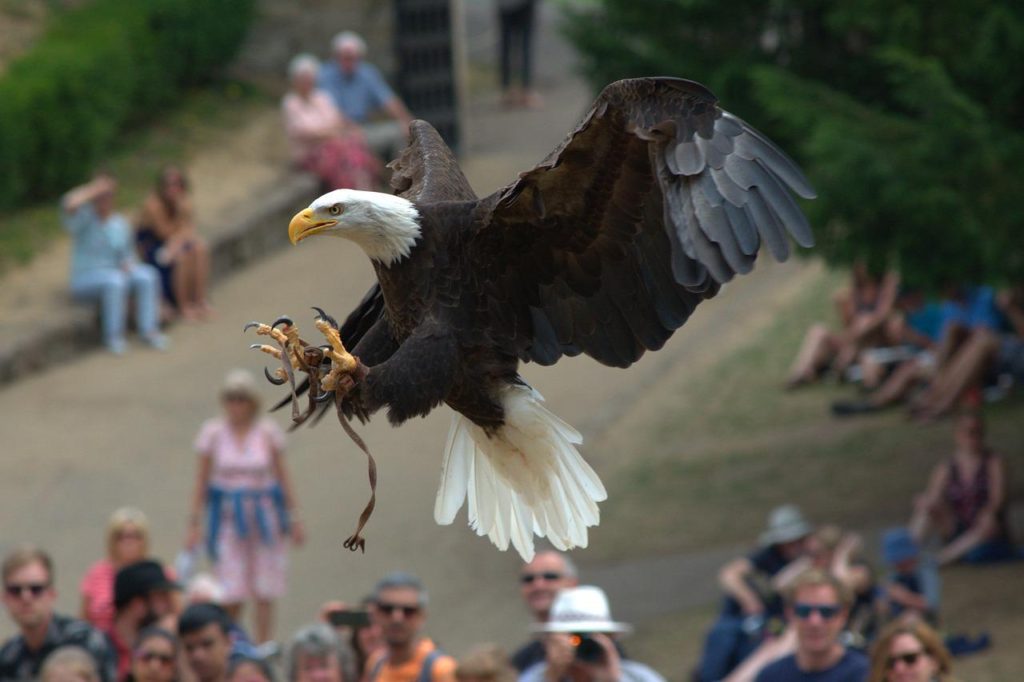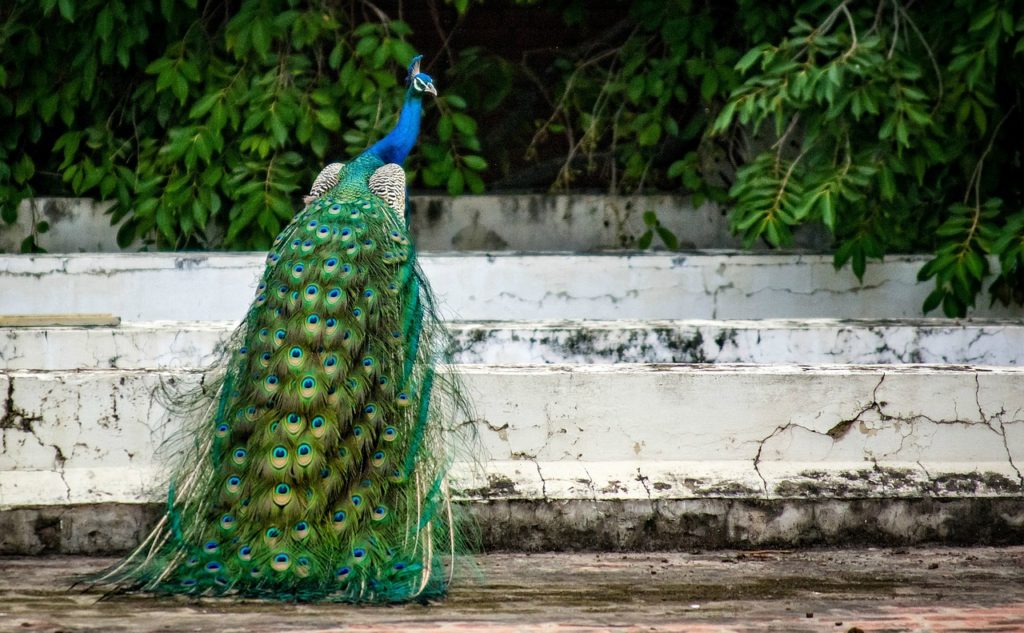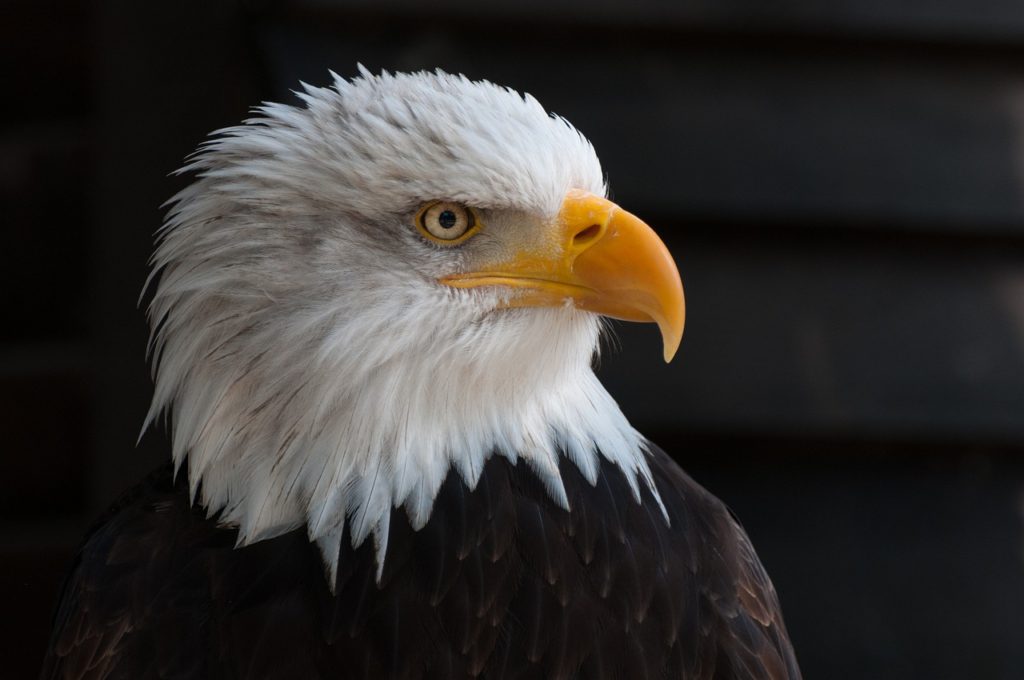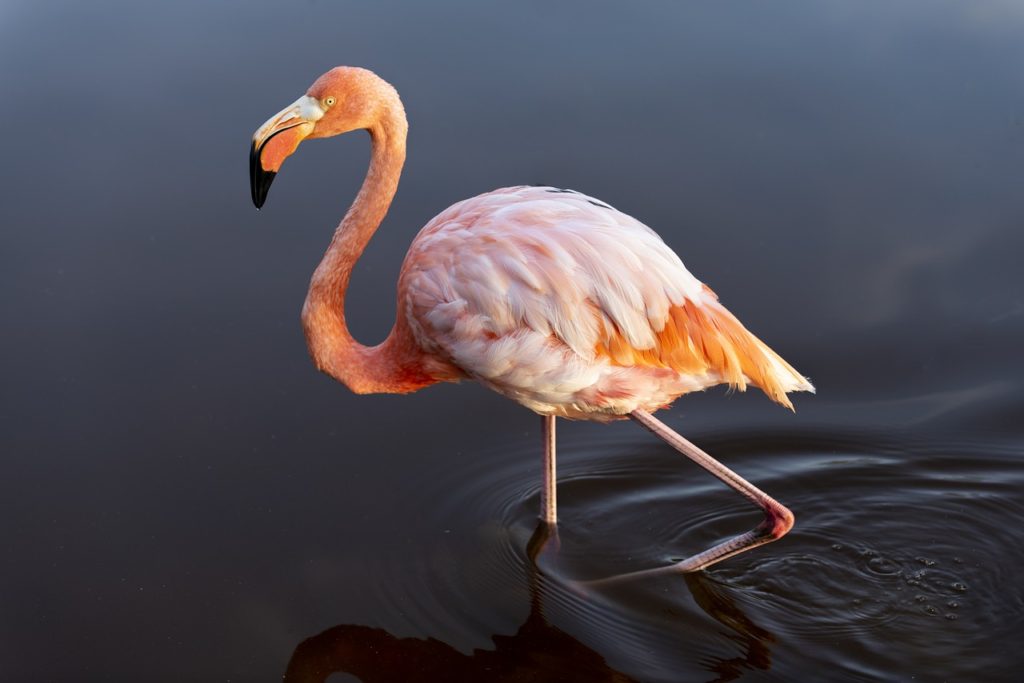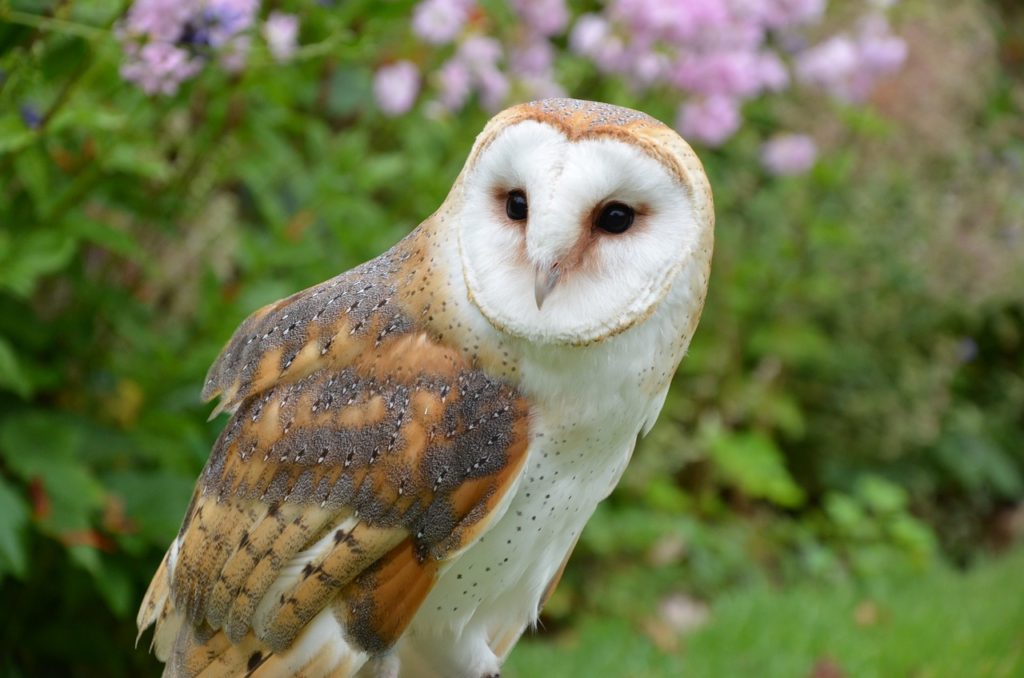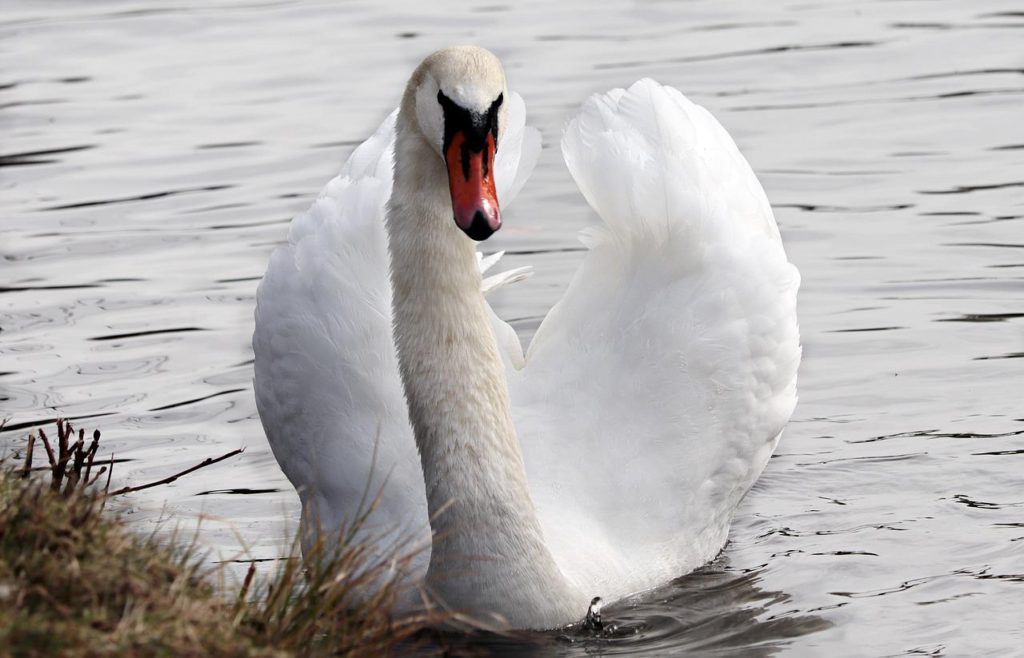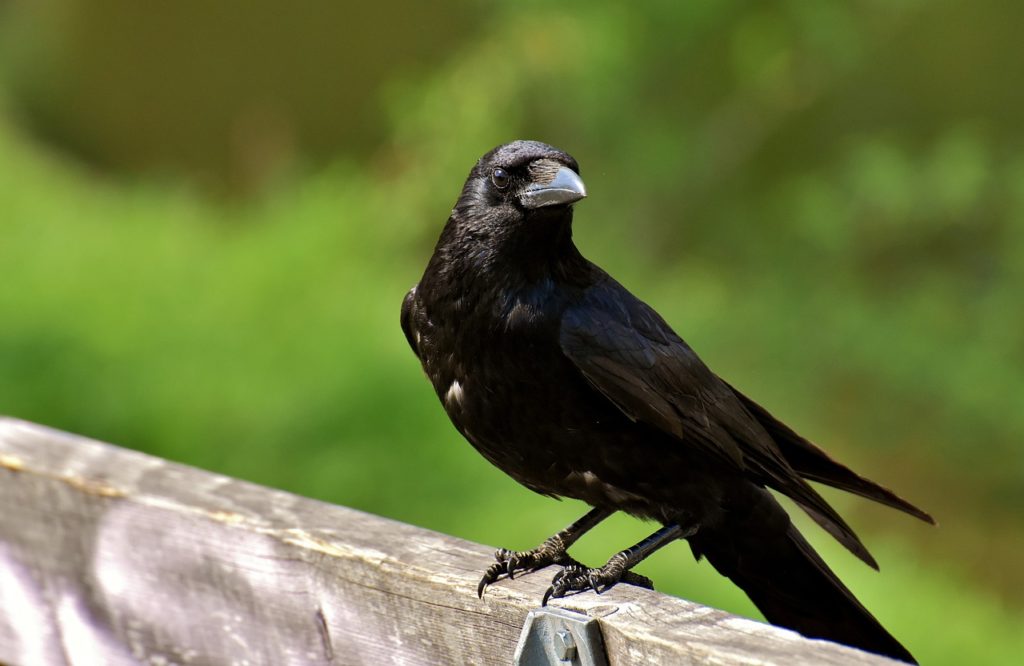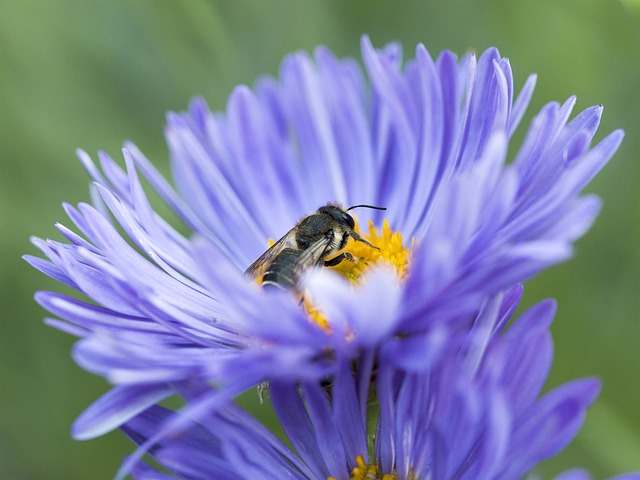
Chances are if you’ve been paying even a little bit of attention, you’ve heard about the “beepocalypse.” Depending on the source, you’ve likely seen varying levels of concern. While some experts are simply following the phenomenon, others are downright alarmed.
Regardless of who you ask, there are a few inarguable truths one must understand about the state of bees across the world. It’s entirely true, for example, that bees have been disappearing at much higher rates than usual for more than a decade. It’s also undeniable that we need bees. In addition to playing a major role in the food chain and helping to maintain a stable natural environment, bees are primarily responsible for pollinating our food supply.
There are also factors about which we are less certain. Scientists disagree about what’s causing Colony Collapse Disorder, for instance. Some think it’s an epidemic of parasites, while others blame pesticides like neonicotinoids. Many blame climate change. Another theory is that it’s a combination of all these factors.
Aside from all the semantics surrounding where the bees are going and why they’re leaving, there’s one thing everyone agrees on: we can help. From supporting local beekeepers to becoming a beekeeper yourself, there are a slew of ways to help the bee population.
The most popular option by far has been for regular folks like you and me to plant pollinator-friendly gardens in our own backyards. From elementary school students to avid gardeners, concerned citizens far and wide are dedicating themselves to making space for bees and other beneficial insects, providing them with an area all their own in the midst of the general population.
The best thing about these plots affectionately referred to as “bee gardens,” is that they are easy to plant and even easier to care for. Just follow these three simple rules:
Pick The Right Location
Bees, like most wildlife, prefer natural and unmanicured settings. Pick a location at the edge of your property where the blooms can grow freely and close together to prevent unnecessary travel between plants. You should also be sure to leave some dirt uncovered by mulch or foliage so solitary bees can nest.
Finally, bees need water. Muddy puddles are preferable, as they contain salt and minerals from the soil, but small containers of water can work as well. Just be sure to empty and refill the container regularly in order to prevent mosquito larvae and other backyard pests from hatching.
Choose Your Blooms Wisely
The most successful bee gardens include 10 or more different species of plants. Choosing a wide variety of flowers will also attract a wider variety of bees. To keep it simple and cost-effective, plant perennials (flowering plants that return year after year), as opposed to annuals which die after one season.
To reduce maintenance and ensure survival, choose plants native to your area. Or, if you’d prefer to let the experts do the work for you, order a pre-designed bee garden seed kit online.
Steer Clear Of Pesticides
Most pesticides are just as harmful to bees as they are to nuisance insects. Even “natural” solutions will kill the beneficial garden insects you are trying to attract and protect. For this reason, you should avoid using any pesticides in or around your bee garden. If you need to control pests elsewhere on your property, take care to avoid all flowering plants. You should also apply the solution at sundown, after peak bee activity.
It’s that simple. And the best part? It’s working. Thanks to pesticide regulation, improved beekeeping practices, and yes, bee gardens, bee populations have rebounded over the past several years. Still, in order to maintain honeybee health and the foods that they pollinate for us, we have to continue to do our part. So let’s get planting!
Start Shopping for Bee Keeping Supplies!
Crow Symbolism: Everything You Need To Know
Ever wondered why the crow has captured the imagination of so many cultures throughout history? Let's embark on a fascinating journey through the world of crow symbolism, unraveling its mysteries and discovering its significance across various cultures, religions, and...
Creepy Facts About Crows
Crows are highly intelligent birds that have thrived alongside us humans. However, while they are fascinating creatures, at the same time, there are many things about them that many people find quite unsettling. That being said here as some of the most creepy facts...
Why Are Crows So Loud?
As anyone who has heard their loud "caws," can tell you, crows are very noisy birds. In fact, they are considered one of the loudest of all bird species. But why are crows so loud? Read on to find out. The Importance Of Vocalizations Crows use vocalizations to pass on...
Do Crows Remember Faces?
Crows are known for their intelligence. But do crows remember faces? You bet they do! Here's what you'll want to know. Crow Intelligence Crows are brilliant birds. In fact, their level of intelligence is often compared to that of primates. They are so smart that they...
Why Are Crows Black?
American crows are birds with all-black plumage. But why are crows black? Well, there are several reasons. Read on to find out. Bird Color Basics Birds are some of the most colorful creatures on the planet. And they come in an amazing range of colors from white to...
Are All Crows Black?
When it comes to crows, most people are familiar with the image of a sleek-looking solid black bird. But are all crows black? No, they aren't. Here's what you'll want to know. The American Crow Is Not All Crows The American crow is found throughout most of North...
How Long Do Crows Live?
How long do crows live? That's one of the many questions people ask about these familiar all-black birds. Here's what you'll want to know about the lifespan of crows and what affects it. How Long Do Crows Live In The Wild? In the wild American crows have a lifespan of...
Enemies Of Crows
Crows are a common sight in many parts of the world. However, most of us don't realize that these distinctive jet-black birds face a range of threats even when they are in our own backyards. The following are the main enemies of crows. Natural Predators of Crows One...
Predators of Crows
In many places, crows are such a common sight that it can be easy to forget that they actually have many predators. And being "on the menu," for a range of other animals is actually why these birds are so wary. That being said, here is everything you'll want to know...
Are Crows Territorial?
Are crows territorial? The answer is yes. However, just how territorial they are can depend on several factors. Here’s what you’ll need to know. Territoriality In Birds Territoriality is the behavioral trait of defending and maintaining a specific area territory...
What Eats Crows?
Crows are large and highly intelligent birds that eat a wide variety of foods including many other animals. So, what eats crows? Here are the most common crow predators and what you’ll want to know about them. Birds Of Prey The birds of prey are a group of predatory...
Are Crows Friendly?
Crows are commonly seen, and heard, in close proximity to us in our towns and cities. But are crows friendly? The answer may surprise you. Crows Are Highly Social Birds Crows are social birds that live in family groups. And they are well known for forming close bonds...
Do Crows Mate For Life?
Do crows mate for life? Yes, they do. And this behavior is highly advantageous to them. Here's what you'll want to know. How Do Crows Attract A Mate? Crows are social birds; most of the year, they live in small family groups. During the breeding season, however,...
Birds With Talons
All birds have claws. However, only a few types have the scary-looking and dagger-sharp claws called, “talons”. So here are the birds with talons and what you’ll want to know about each of them. What Are Talons? Talons are the claws of a group of predatory birds known...
Birds With Tails
Just like birds themselves, birds’ tails come in a wide range of shapes and sizes. And some tails of course are more interesting and remarkable than others. The following are birds with tails that never fail to impress! Long-Tailed Tit The long-tailed tit, also known...
Birds With White Heads
There's no doubt about it, birds with white heads really stand out. From small to large they are quite a unique bunch. So here are some of the most fascinating white-headed birds and what you'll want to know about them White-Headed Vulture The white-headed vulture is...
Birds That Look Like Flamingos
Flamingos are wading birds with long necks and legs. These social birds live in groups and have strongly hooked downward-facing beaks which they use to feed on shrimp and other small water creatures. And they are famous for their stunning pink color. With such a...
How To Attract Owls To Your Yard
Owls are nocturnal birds of prey that can be extremely helpful when it comes to controlling rodent populations in a natural way. That is of course if you can attract them to your property by creating an owl-friendly habitat. So keep reading to find out how to attract...
Why Would A Swan Be Alone?
It's widely known that swans are incredibly social and romantic creatures, so it can be disconcerting when you encounter a solitary swan. However, there are several reasons why this might be. So why would a swan be alone? Here's what you'll want to know. But first,...
How To Attract Crows To Your Yard
Crows aren’t always pests as many people believe. In fact, these super smart birds can actually help to rid your property of many common backyard and garden pests themselves. So here’s your step-by-step guide on how to attract crows to your yard! Step 1. Create A...
